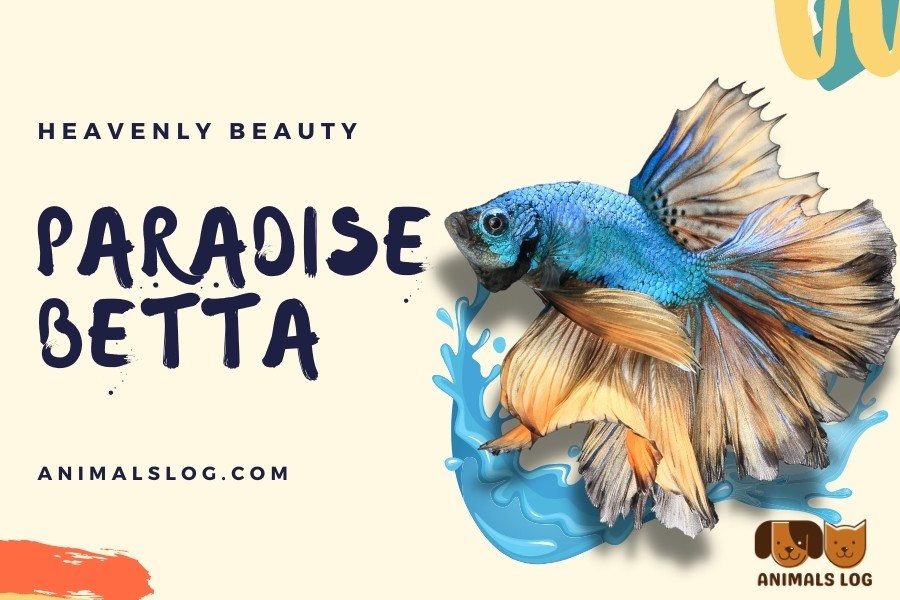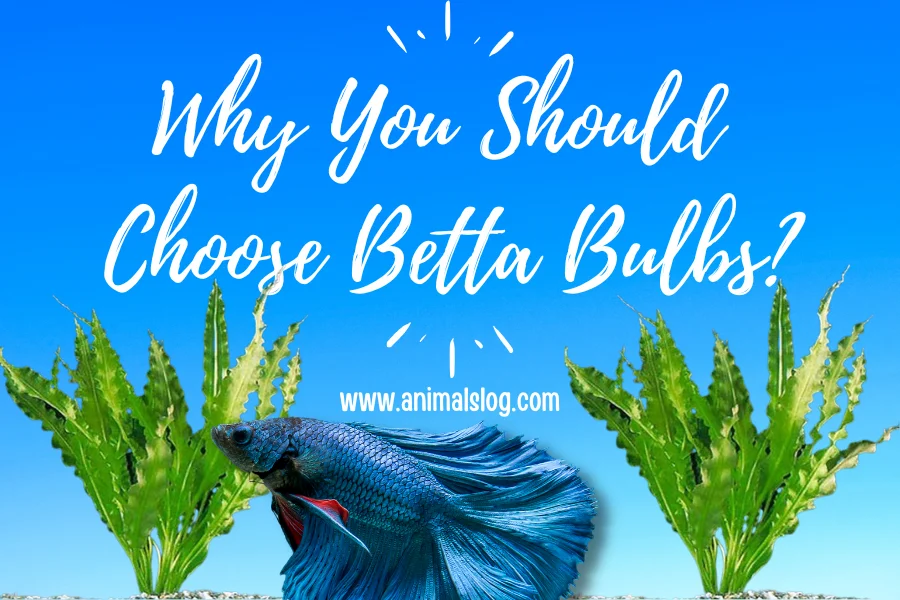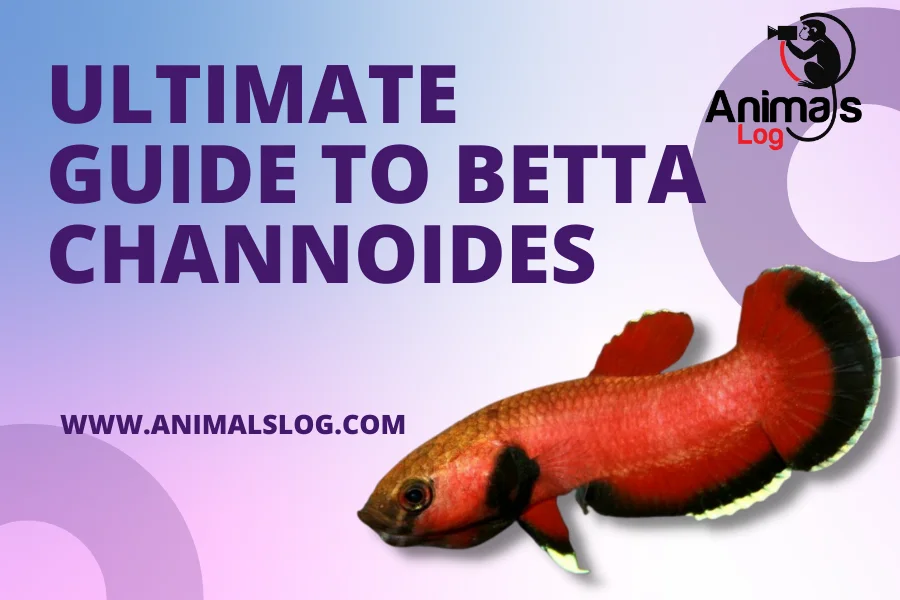After the release of the animated movie Finding Dory in 2016, most of the kids who watched the movie wanted to own a fish similar to Dory. Unfortunately, the Blue Tang, the species of which Dory is a part, is very costly and incredibly hard to take care of. It is around this time that the pet store chain Petco came in with the solution.
Paradise Betta is the commercial name given to a Betta splendens breed by the company Petco. This type of fish comes in a wide variety of tail types. They often have the same color and pattern as the animated character Dory. They grow up to 3 inches in size and have a lifespan of 3 to 4 years.
They have a unique blue color that will stand out in any aquarium. Like other Betta fish, these fish are incredibly territorial, aggressive and should be housed alone. These fish were introduced as an alternative for the blue tang and immediately rose to popularity.
The term paradise betta is also used to refer to most selectively bred Betta fish, and it is believed that the name was just a commercial name given to sell normal bettas for a higher price by Petco. Many Betta variants can be considered Paradise Betta as long as they have a blue and yellow color.
A male Paradise Betta costs around $20.
Overview of Paradise Betta
| Scientific name | Betta splendens |
| Common names | Paradise Betta |
| Native Place | Thailand, Cambodia, Laos and other tropical southeast countries. |
| Color | Blue in color with orange or yellow-orange finnage |
| Aquarium size | 10 gallons or bigger |
| Preferred temperature | 22.2 to 27.7ºC (72-82°F degrees Fahrenheit) |
| pH level | 6 to 7.5 |
| Fish Size | 3 inches |
| Temperament | Peaceful when alone |
| Recommended tank mates | Black Tetras, Poecilia, Bloodfin Tetras, Croaking Gourami, and Rasboras Catfish. |
| Preferred food | Diet should include meaty proteins and other flakes and pellets. |
| Feeding period | 12 hours apart, two times a day and should not be overfed. |
Paradise Betta Origin
The original Paradise Betta was a Mustard Gas Betta created due to selective breeding by the breeder Jude Al in the late 1990s. This was a success after over a decade of cross-breeding and experimenting on a wide variety of fish from the Betta family.
The name was given to a group of fish that resembled the cartoon character, Dory. The name provided is a commercial name put for the fish by the pet store chain Petco due to rising demand for the blue-colored fish. The variants of Betta splendens such as Halfmoon Betta, Veil tail, etcetera can be Paradise Betta.
With the release of Finding Dory in the year 2016, there was a surge in demand for fish that looked like Dory, and Petco took it upon themselves to name the blue-colored fish Paradise Betta and sell it at a higher price.
The Appearance of Paradise Betta

Paradise Bettas can be multicolored, bi-colored, or even different body colors with a wide variety of finnage.
The body is generally similar to the character Dory. They have a blue color body with the fins exhibiting a yellow or yellow-orangish shade. The fins also have a tinge of blue which feels as if the color was flowing into the fins in uneven waves. These fish are also commonly called Mustard Gas as both the species look pretty similar, with the only difference being that mustard gas also comes in green color.
They come in different shades of blue such as pale sky blue, dark blue, vibrant electric blue, and even turquoise. The scales can be matte or metallic as well.
This fish offers a wide variety of fins. Some of the finnage offered by this fish is as follows:
- Half-moon Betta
The caudal fin or tail has the shape of a half-moon or a semi-circle.
- Delta Tail Betta
The fish has a more triangular-shaped tail when fully it is extended.
- Veiltail
The tail of this breed hangs down like a veil.
- Full-moon Betta
Very similar to that of Half Moon Betta. The only difference is that the tail circumference is bigger than 180 degrees.
- Crowntail Betta
The caudal fins, dorsal fins, and anal fins of this variety have extended rays and have a pointy appearance that vaguely resembles the shape of a crown.
- Rose-tail Betta
Rose-Tail Bettas have a tail similar to that of Half-Moon Betta. However, the difference is that this fish has multiple folds on its tail, making it look like they are overlapping rose petals.
Best Tank Conditions for Paradise Betta

The tank conditions for this breed of Betta splendens are also very similar to that of other varieties. The tanks should be in the most comfortable condition for the fish to ensure the fish thrives in the aquarium.
The water temperature should be between 22.2 to 27.7ºC, and the pH should be between 6 and 7.5. A water filter and a heater can be placed in the tank to ensure the conditions stay stable. The tank should have a minimum of 10 gallons to allow the fish to have enough space to swim around freely and comfortably.
Bettas do not like water with heavy currents, which could affect their health as the tail already weighs them down, and if water current is added to the water, it will make it impossible for the fish to swim.
Hiding places and resting places, and various decorations should be put inside the tank to make the betta feel more comfortable and help with an easier transition.
Food & Feeding
In nature, the betta diet mainly consists of meaty proteins such as insect larvae and other insects that sit on the water’s surface.
However, in an aquarium condition, one needs to make sure the fish are not overfed as it could lead to health problems. They should be given a balanced diet.
There are various Betta-specific foods available in the market today which can be fed to them. Flakes and pellets can also be fed, and other freeze-dried food such as bloodworms and brine shrimp can also be given.
Can Paradise Betta Live with Other Fish?

All Bettas are aggressive and territorial, so it is only natural that they become aggressive when they feel threatened. For this reason, it is generally recommended not to house Bettas with other fish to avoid such aggressive behavior.
However if one feels like they want to grow the Betta in a community tank there are some things to be kept in mind:
- They should never be housed with other Betta varieties and not with male Bettas.
- The tank should be big enough to let the Betta have its own space in the tank.
- They should only be housed with non-aggressive fish such as Black Tetras, Poecilia, Bloodfin Tetras, Croaking Gourami, and Rasboras Catfish.
Paradise Betta Vs Mustard Gas Betta
Paradise Bettas has been evolved from Mustard Gas. It was after the successful breeding of Mustard Gas that Paradise Betta came into being. As mentioned earlier, Paradise Betta is a name given to this type of Betta for commercial purposes. There are more similarities between these two types of fish than there are differences.
The only difference is that Mustard Gas comes in both green and blue color, where Paradise Betta only comes in blue color.
Commonly Asked Questions
How big do Paradise Bettas get?
They grow to reach a size of three inches
What is the most expensive betta fish?
Siamese fighting fish which has a pattern of the Thai national flag is considered to be the most expensive fighting fish due to its unique appearance.
How old are betta fish at PetSmart?
The fish sold in a pet store are generally 8 months to a year older to make sure they have a more developed finnage.
What is the most aggressive betta fish?
The Plakat variety is considered to be the most aggressive variety of Betta.
Also, Read
- Horse Tack Sets: When, Where & How To Use Them?
- Horse Show Halter: How And Why To Use Them?
- Can Horses Have Honey? Answered
- Why Do You Tape A Horse?
- Why Do Horses Roll In The Dirt? How To Stop It?
Conclusion
After the release of the movie ‘Finding Dory,’ there was a sudden urge among kids to own a blue color fish that resembled the cartoon character, and Petco seeing the gap in the market, made the blue bettas available for sale and named them Paradise Betta.
The fish are prevalent and will most likely be available in most pet stores. They are wonderful and make an amazing addition to the aquarium.
Everything one needs to know about the Paradise Betta and how to take care of it has been discussed in this article. I hope it was useful!



